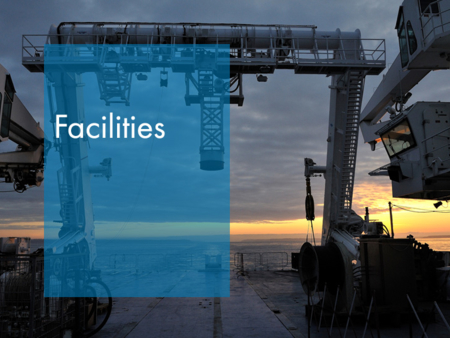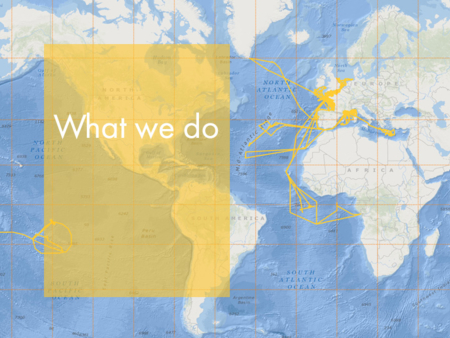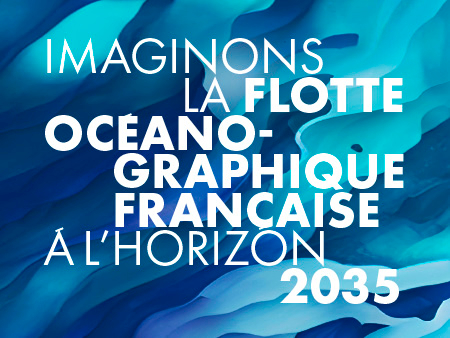The Underwater Systems unit
The Underwater Systems unit (SM, around 40 full time employees, located in Toulon) oversees developments and monitoring systems and underwater intervention, reconnaissance and surveillance methods for operational or exploratory tasks.
So, it runs projects relating to deep and shallow-water underwater systems, from when the need is expressed right up to operational commissioning, including managing subcontractors. It also provides the engineering for tools and functional interfaces or engineering on deep-water positioning devices. It helps maintain operational conditions and system development.
The unit provides its skills to support scientific campaigns, with expertise in implementation of equipment or experimental functional features, or by adapting underwater systems for specific needs. It also has underwater intervention engineering skills for installing and maintaining seabed observatories and carrying out complex operations.
It runs applied research actions to suggest ways of improving capacity or performance regarding operational underwater machines in the short/medium term, and to drive technological developments with a more consistent innovation potential in the longer term. It joins technical projects in cooperation projects and partnerships, according to relevance in the industrial and academic areas, in France and in Europe, in an attempt to widen the field of the unit’s skills and to make the most of the Institute’s skills, products and infrastructures.
In an attempt to functionally integrate underwater systems on the vessels in a coherent way, the SM and NSE units interact on the subject of bridge devices used to deploy machines and interfaces between the computer environments of machines and vessels.
Jan Opderbecke oversees the unit that is organised into two departments.
The Positioning, Robotics, Acoustics and Optics (PRAO) unit develops material and software solutions to increase machine operability and performance and the quality of the data being produced. Interest here lies in the payloads and services provided by the systems. The PRAO department combines physical sciences (optics, acoustics) with computers and robotics and is responsible for designing optical imagery systems (cameras, lighting and management of image flux) and generic image processing. It develops and maintains piloting software and on-board controller software for underwater machines.
The On-board Electrical and Electronic Systems (S3E) department covers the general techniques in Electricity, Electronics, Electrotechnical aspects and Industrial IT. The department develops sub-systems for machines used in the fleet, for new operational-based developments, and for the unit’s R&D projects. It ensures technical monitoring of systems, obsolescence management and technical documentation in key areas of energy production, power generation, electrical propulsion, lighting systems for the machines. Its field of action includes the architecture and electrical distribution of underwater systems, on-board electronics in the underwater systems and the imagery equipment.
The Intervention Engineering and Mechanical Department (2IDM) department works in all mechanical and hydraulic technical areas, particularly on the mechanical architecture of systems, structure strength, hydrostatic weighing and its associated equipment, safety and quick-release devices, actuators and servo- mechanisms and remote handling. It runs developments relating to intervention engineering particularly using methods and deployment and handling tools at sea for systems and equipment. It runs tests and equipment qualifications in environmental conditions (pressure, temperature) and also ensures this service provision on behalf of other managements and for external applicants. It manages quality on the technical files for operational underwater systems.




